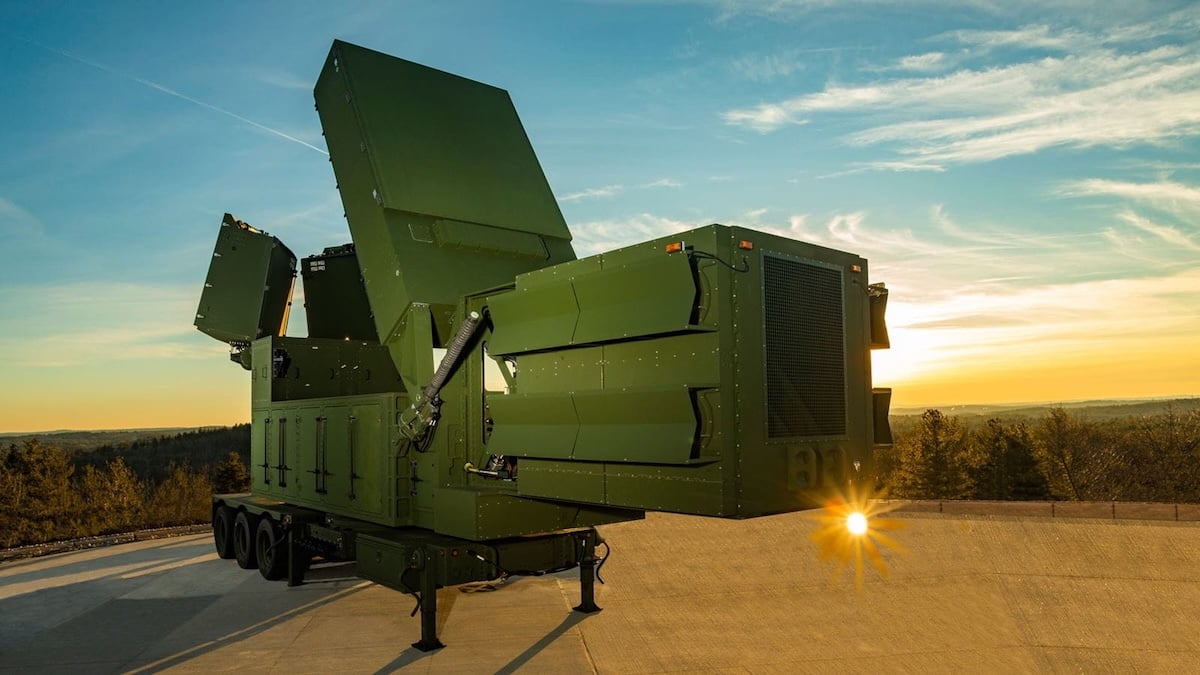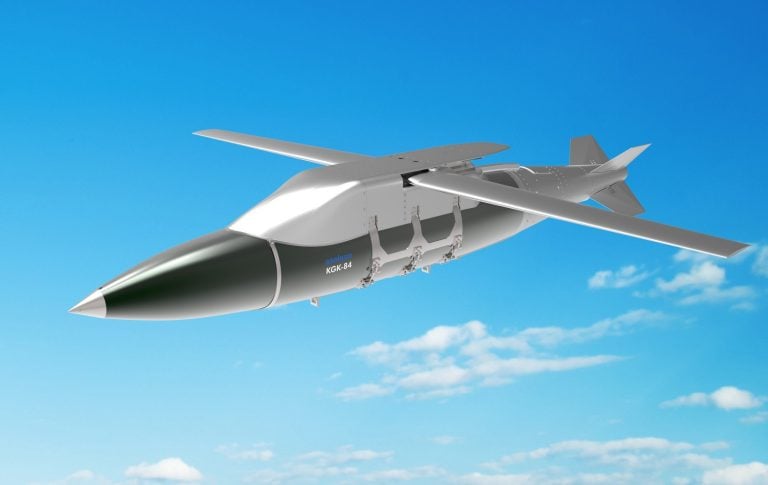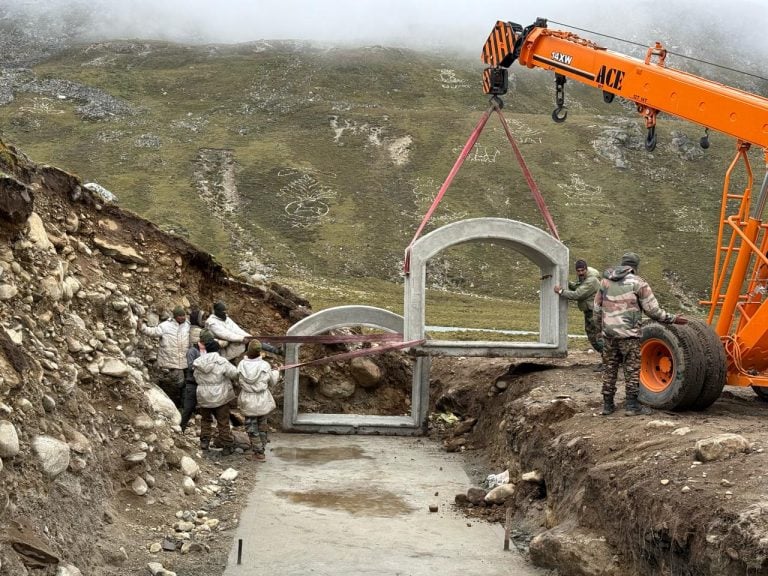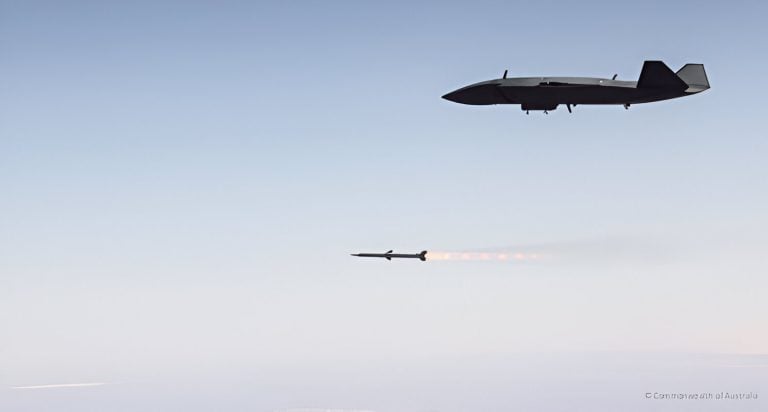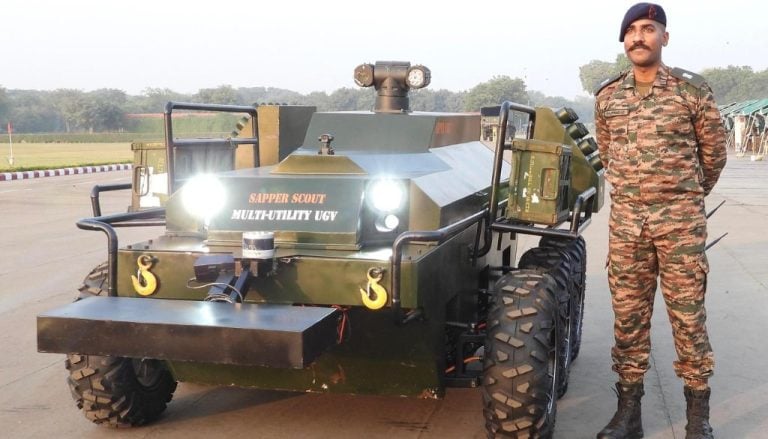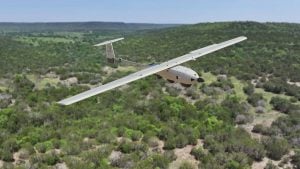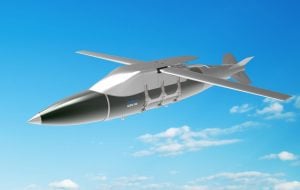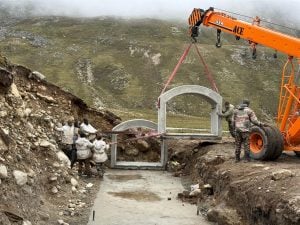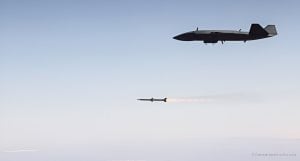RTX has received approval to commence low-rate initial production of the Lower Tier Air and Missile Defense Sensor (LTAMDS) for the US Army. This advanced radar system is poised to replace the aging Patriot radar, which has been in service since the 1980s. The LTAMDS has completed eight successful flight tests and recently reached Milestone C, indicating its readiness to enter the production and deployment phase this year, following RTX’s initial contract for the program in 2019.
Typically, programs of this magnitude require over a decade before entering production. However, the US Army has leveraged the Middle-Tier Acquisition authority, a process granted by Congress, to accelerate the development timeline, allowing for a more rapid deployment of modern capabilities to counteract emerging threats. Tom Laliberty, President of Land and Air Defense Systems at Raytheon, hailed this accelerated pace as “an unprecedented achievement.” He emphasized that the successful collaboration between RTX and the US Army, along with support from a wide range of industry partners, has enabled the swift execution of the LTAMDS program and delivered a sophisticated 360-degree integrated air and missile defense capability.
After the initial delivery of six prototypes to the US Army, RTX plans to provide two additional LTAMDS radars within the current year. Furthermore, the company is gearing up to expand its annual production capacity from eight to twelve units to meet increasing demand, including a significant $2 billion order from Poland set for 2024.
The Army intends to produce a total of 94 radars over the duration of the entire LTAMDS program, with approximately ten units expected to be produced during the upcoming two and a half years of low-rate initial production. Full-rate production is anticipated to commence by 2028, as noted by Program Executive Officer Missiles and Space Maj. Gen. Frank Lozano in a recent update to Defense News. Additionally, RTX and the Army are exploring strategies to streamline the production time for a single software-driven radar unit, aiming to reduce it from 40 to 36 months.
The cost for each LTAMDS radar is projected to be between $125 million and $130 million, with an expectation that this price will continue to decrease over time. In comparison, the older Patriot radar systems are priced between $110 million and $115 million, highlighting that the Army is investing in “the newest, most advanced radar at almost the same exact price that we’re building the legacy radar.”
The LTAMDS is a crucial component of the US Army’s Integrated Air and Missile Defense System, which also incorporates the Integrated Battle Command System developed by Northrop Grumman. This new radar system is engineered to work alongside Patriot Advanced Capability (PAC)-2 and PAC-3 interceptors to effectively neutralize advanced aerial threats, including cruise missiles and enemy drones. The introduction of the LTAMDS comes amid a modernization effort by the US Army, especially following the recent scrapping of the Lower-Tier Future Interceptor initiative due to prohibitive costs.
